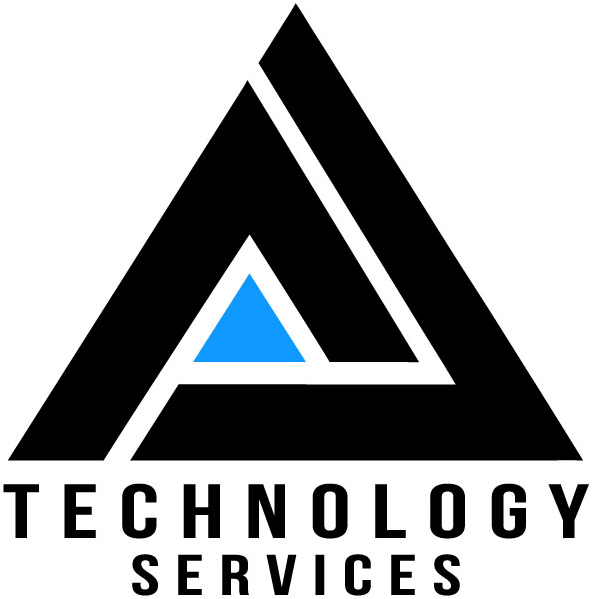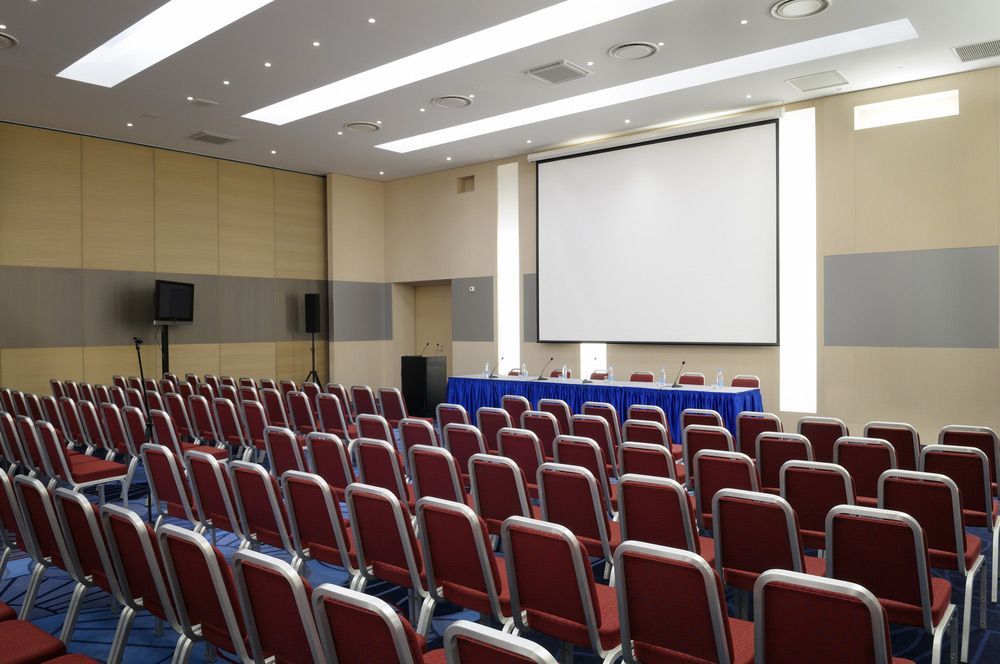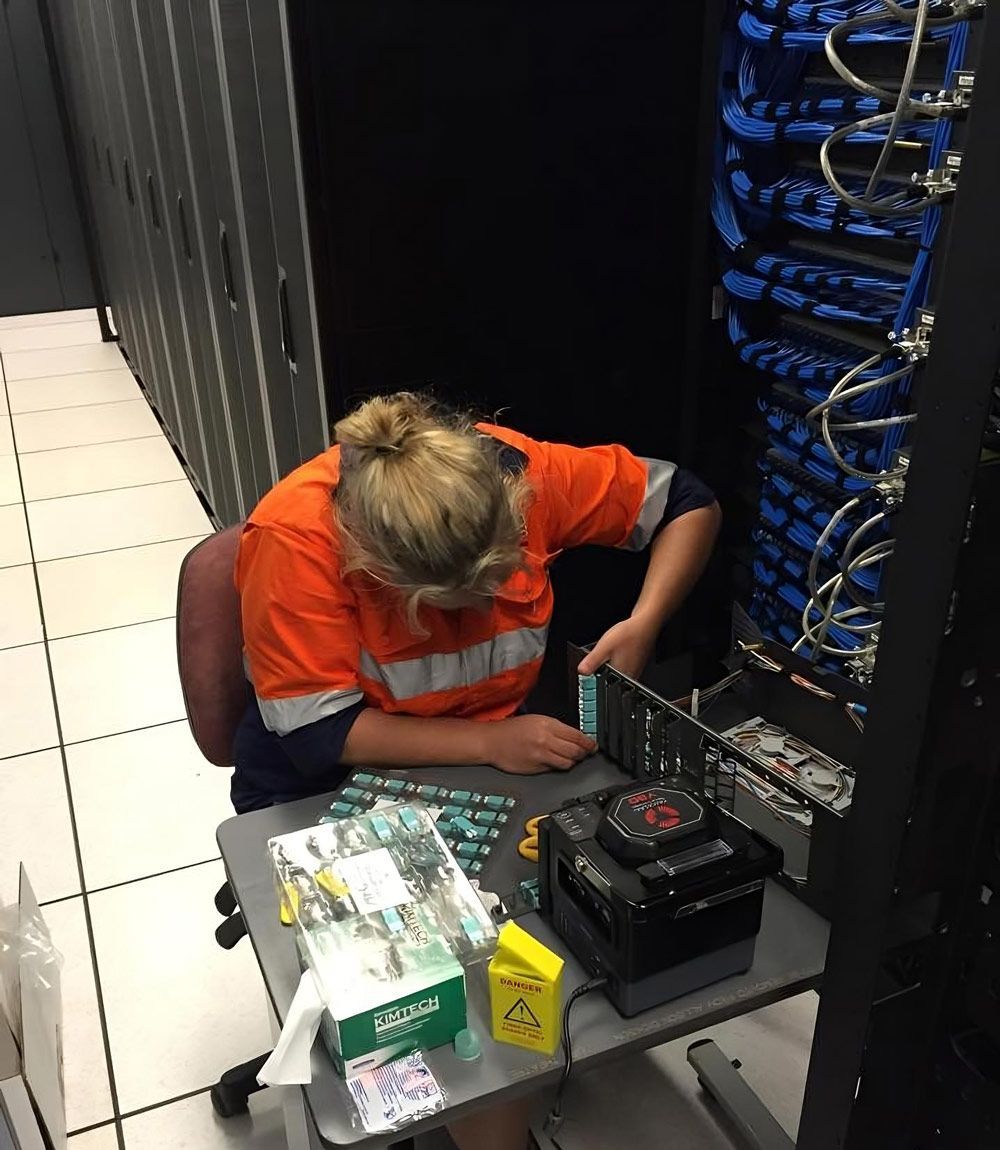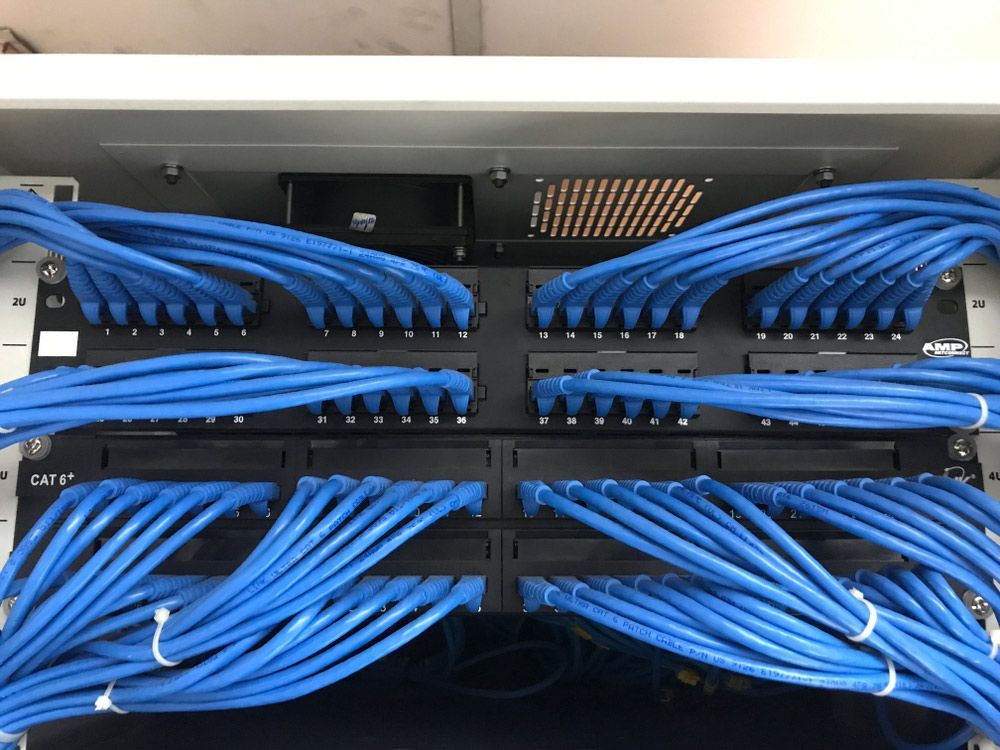A Comprehensive Guide to Different Types of Data Cabling
Are you wondering which type of data cabling is best suited for your business? With technology evolving rapidly, choosing the right cabling solution has become essential for ensuring efficient and reliable data transmission. From high-bandwidth needs to flexibility and durability, each cabling type offers unique features tailored to specific applications. Here’s a comprehensive guide to the most common types of data cabling, including their advantages and ideal uses, to help you make an informed decision.
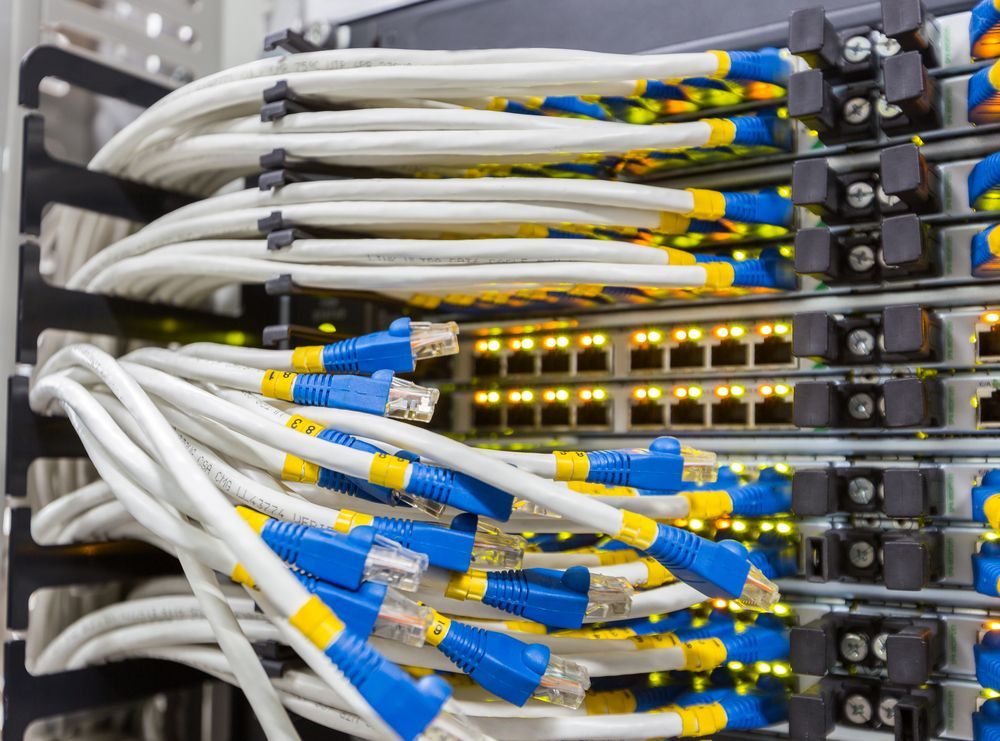
The body content of your post goes here. To edit this text, click on it and delete this default text and start typing your own or paste your own from a different source.
Twisted pair cabling, the most widely used data cabling, is commonly found in office networks and telecommunications. It consists of pairs of copper wires twisted together, which helps to reduce electromagnetic interference. Twisted pair cables are available in different categories, including Cat5e, Cat6, and Cat6a, each offering varying levels of bandwidth and speed.
Advantages: Twisted pair cabling is cost-effective, easy to install, and supports data speeds suitable for most office environments. Higher categories like Cat6a offer faster speeds and more bandwidth, making them suitable for modern high-speed networks.
Limitations: Twisted pair cables are limited in distance and more prone to interference than other cabling types, such as fibre optic.
Best For: Local area networks (LANs) and general office environments requiring affordable, reliable connections.
Fibre Optic Cabling
Fibre optic cabling is known for its speed, reliability, and high data transmission capacity. Made from thin strands of glass or plastic, fibre optic cables transmit data as pulses of light, allowing them to achieve higher speeds and travel longer distances than copper cables. Fibre optic is available in two types: single-mode and multi-mode. Single-mode is suited for long distances and high-speed applications, while multi-mode is generally used for shorter distances within buildings.
Advantages: Fibre optic cabling offers unmatched speed and high bandwidth and is highly resistant to electromagnetic interference. It’s ideal for businesses that require fast data transfer over long distances.
Limitations: Fibre optic cabling is more expensive to install and maintain than other types of cabling and often requires professional expertise.
Best For: High-speed networks, data centres, and businesses with high data transmission needs over long distances.
Coaxial Cabling
Coaxial cables consist of a copper core surrounded by insulation, a braided shield, and an outer cover, offering protection against interference. Originally used for television and radio transmissions, coaxial cabling is still used for certain data applications, especially in older network infrastructures and broadband internet connections.
Advantages: Coaxial cables are durable, relatively affordable, and provide a reliable connection. They are less susceptible to interference than twisted pair cables, making them suitable for longer-distance connections within buildings.
Limitations: Coaxial cabling has lower bandwidth and data transfer speeds than twisted pair and fibre optic cabling. As a result, it’s not ideal for high-speed data applications.
Best For: Applications such as CCTV systems, broadband connections, and older network setups.
Choosing the Right Data Cabling for Your Business
Selecting the right data cabling involves assessing several factors, including bandwidth requirements, budget, distance, and resistance to interference. Here are a few key considerations to help you decide:
- Scalability: If your business plans to expand its network, fibre optic or higher-category twisted pair cabling, like Cat6a, may offer the bandwidth needed for future growth.
- Bandwidth Needs: Businesses with high-speed data needs, like video streaming or large data transfers, will benefit most from fibre optic or Cat6a cabling.
- Environment: STP cabling can provide better performance and reliability in settings with high electromagnetic interference, such as factories.
Enhance Your Connectivity—Contact Us for Data Cabling Services!
At
AJ Technology Services, we offer professional advice and expert installation services to help you select the ideal cabling for your business. Whether you’re setting up a new network or upgrading an existing one, our team is here to guide you through every step.
Contact us today to learn more about our
data cabling solutions and ensure your network meets your organisation’s demands.
Related Articles
SITE LINKS
COMMUNICATIONS
Security
Audio Visual
Electrical
SECTORS
- Darwin NT
- Toowoomba QLD
- Brisbane QLD
